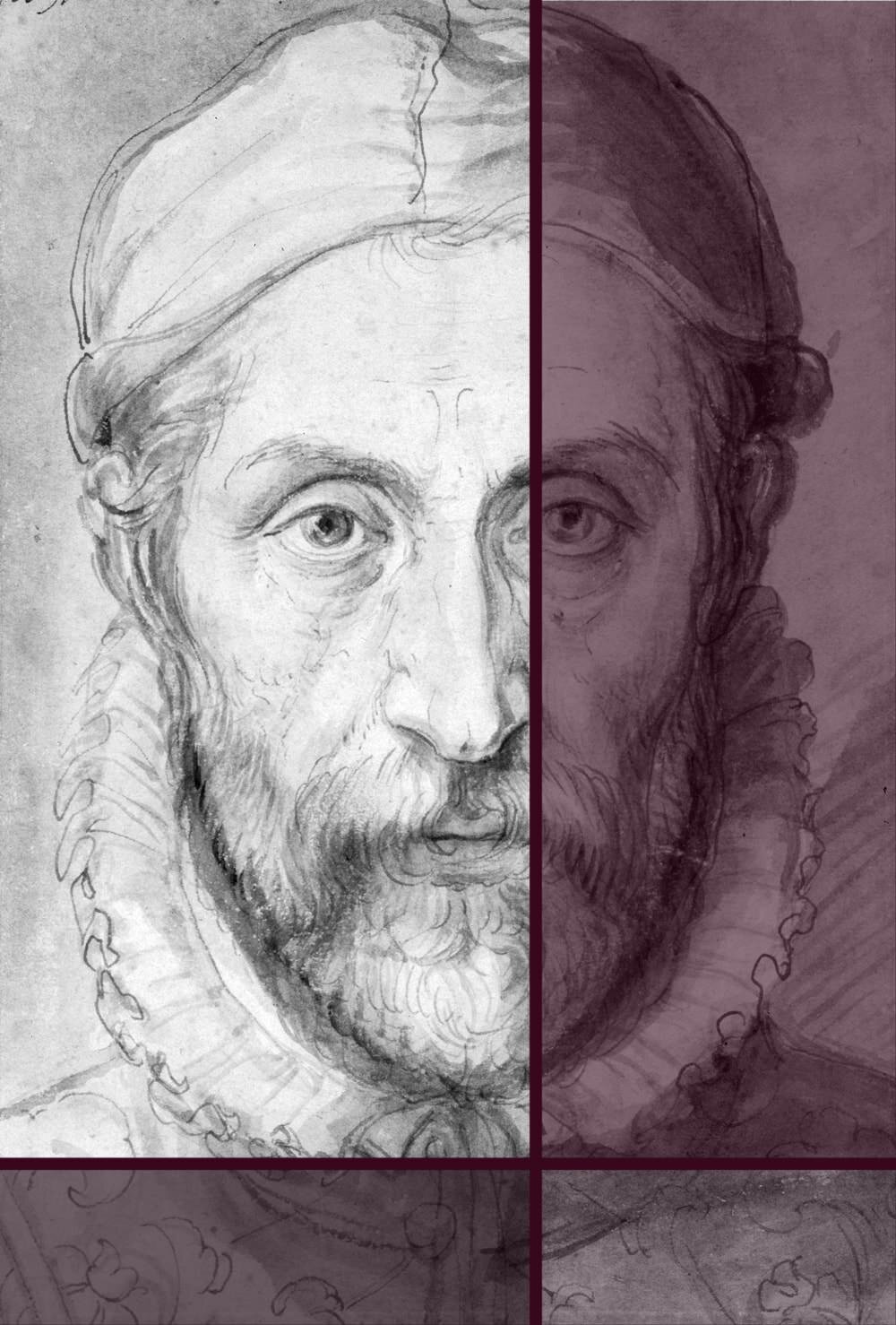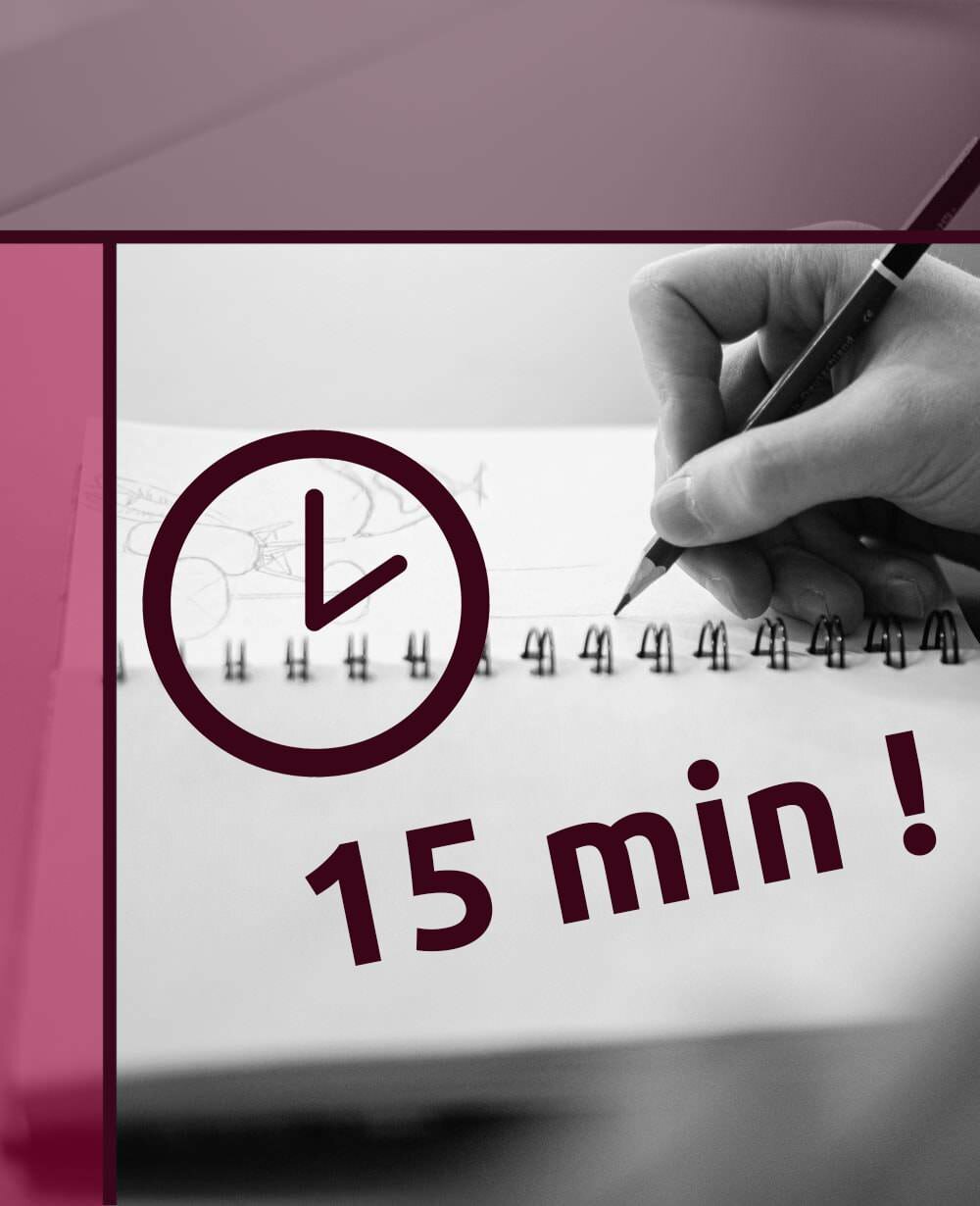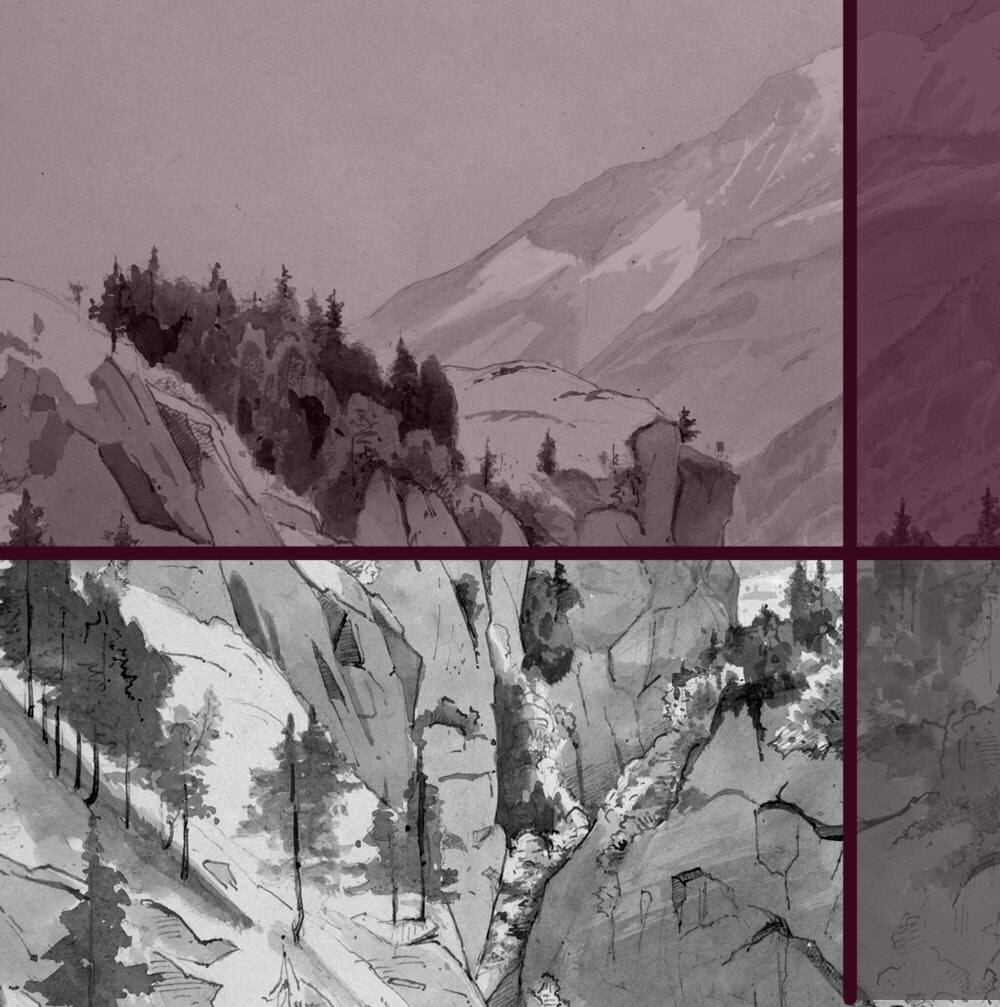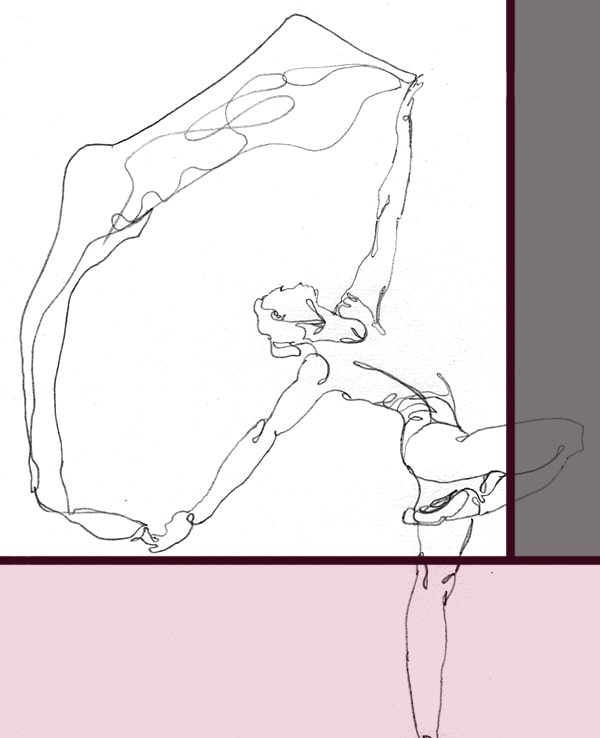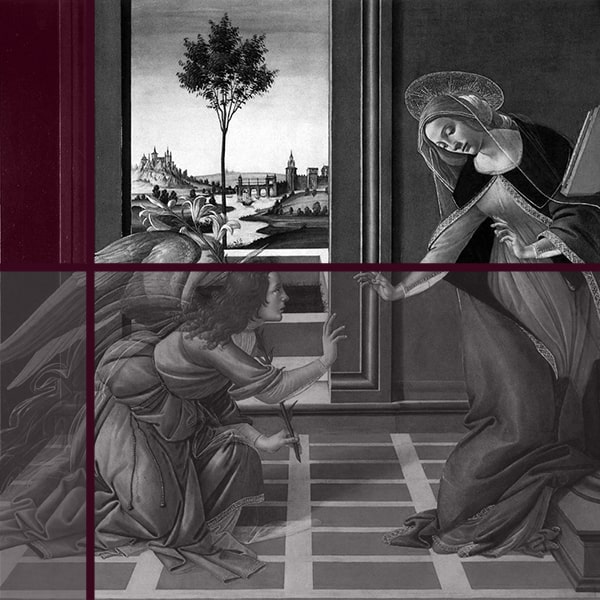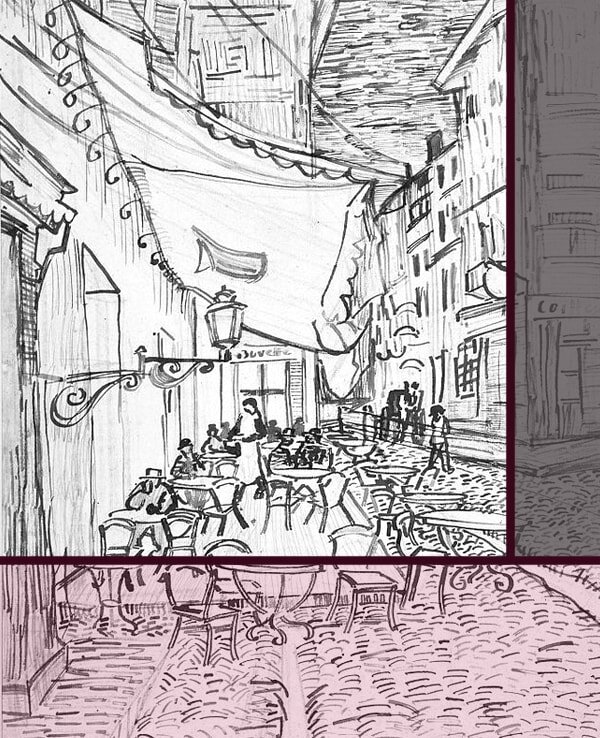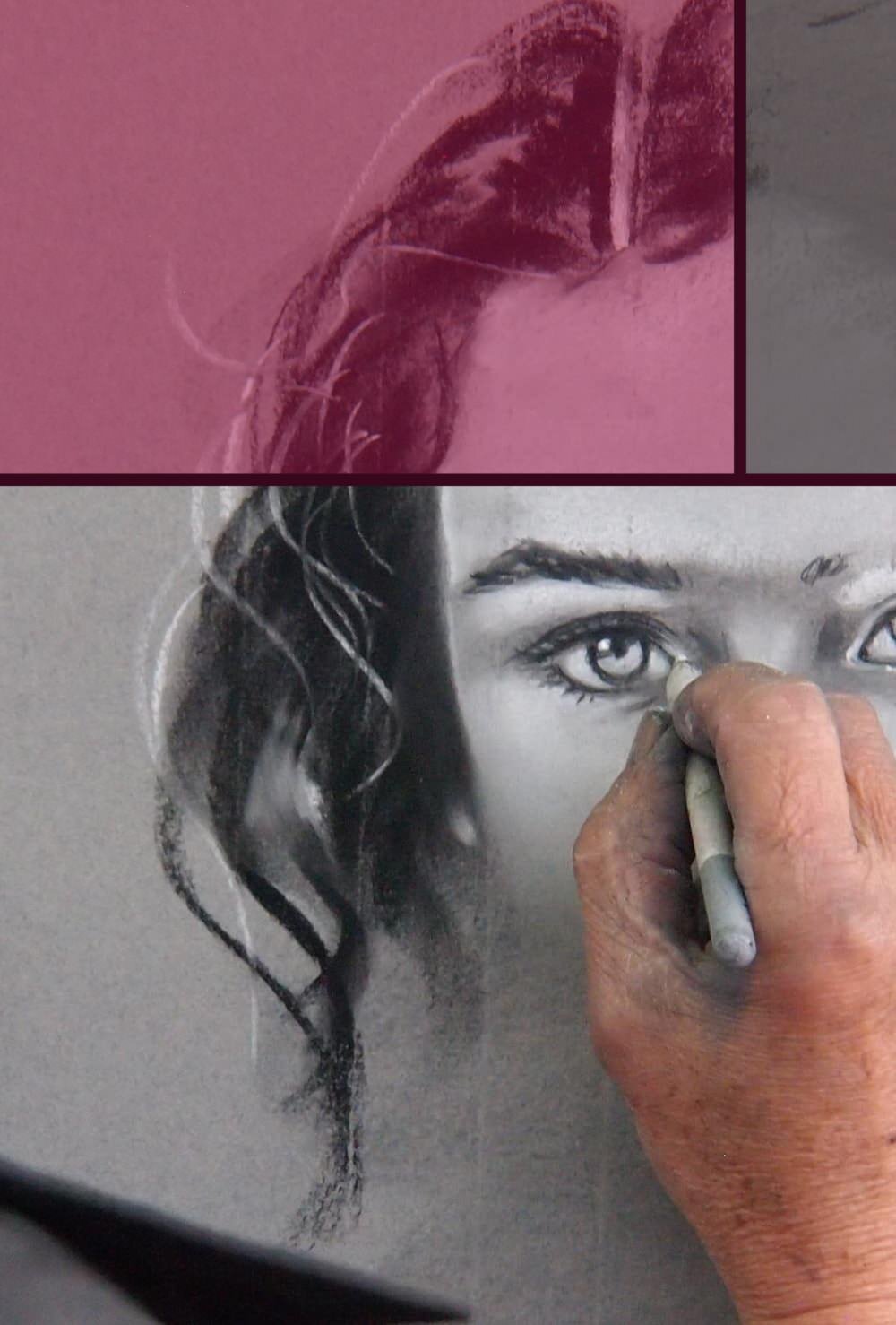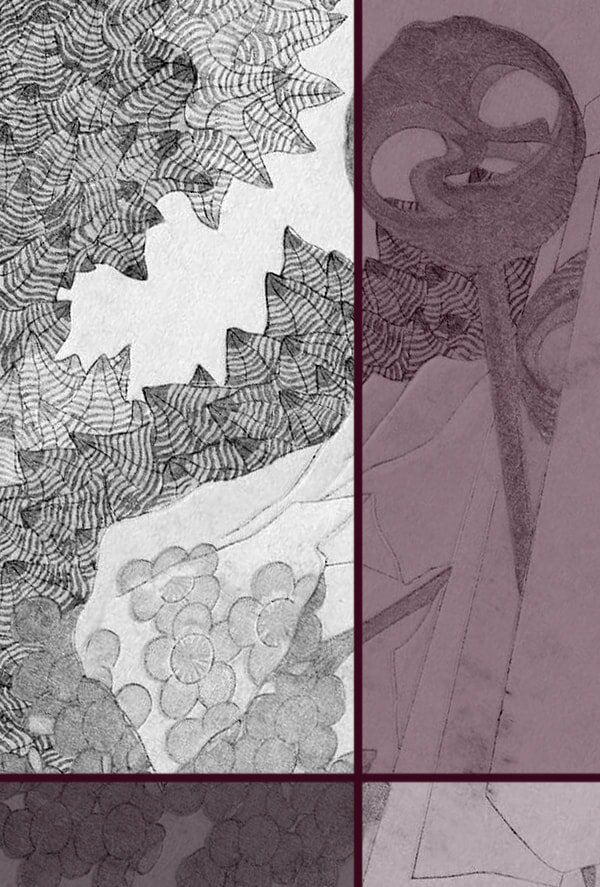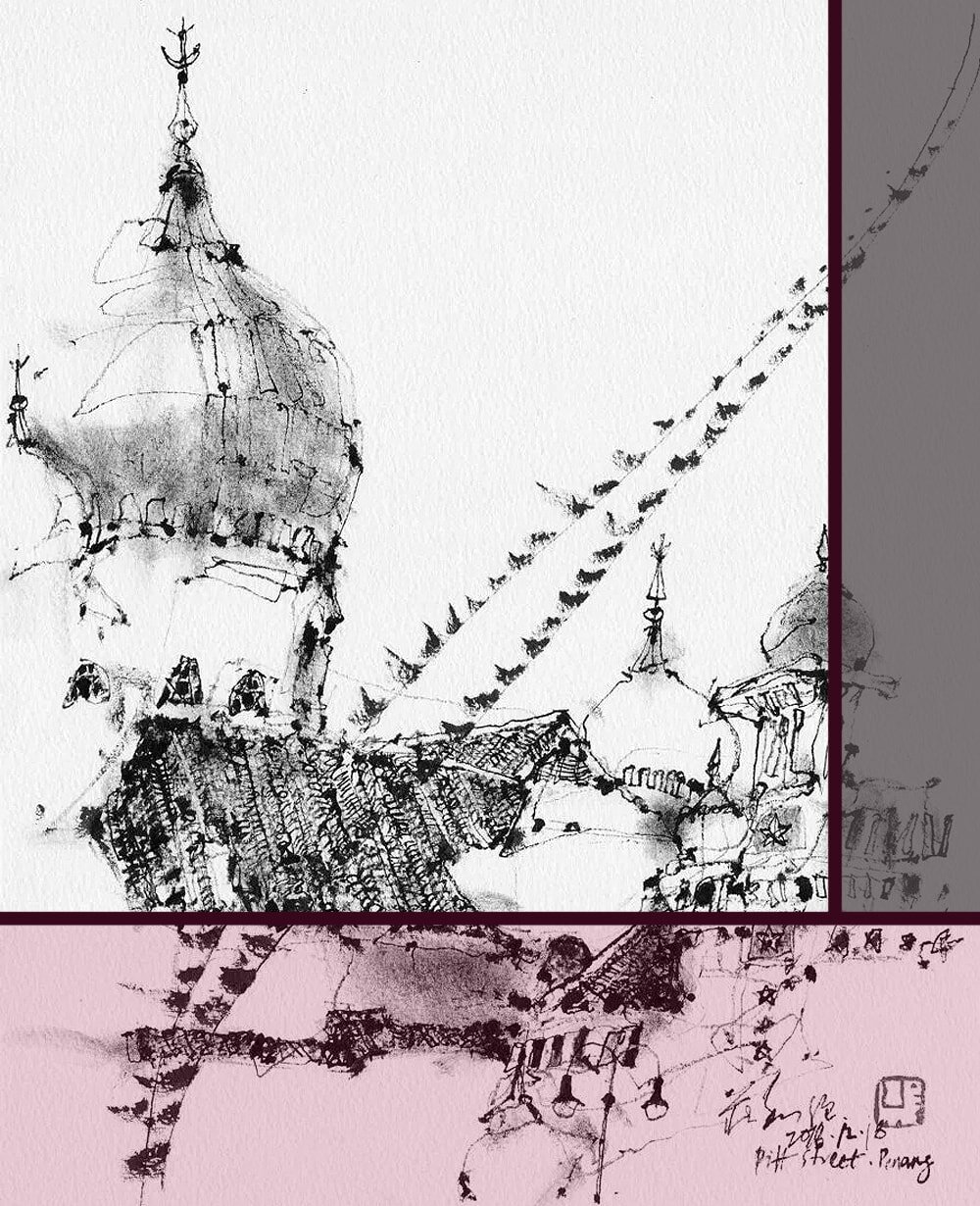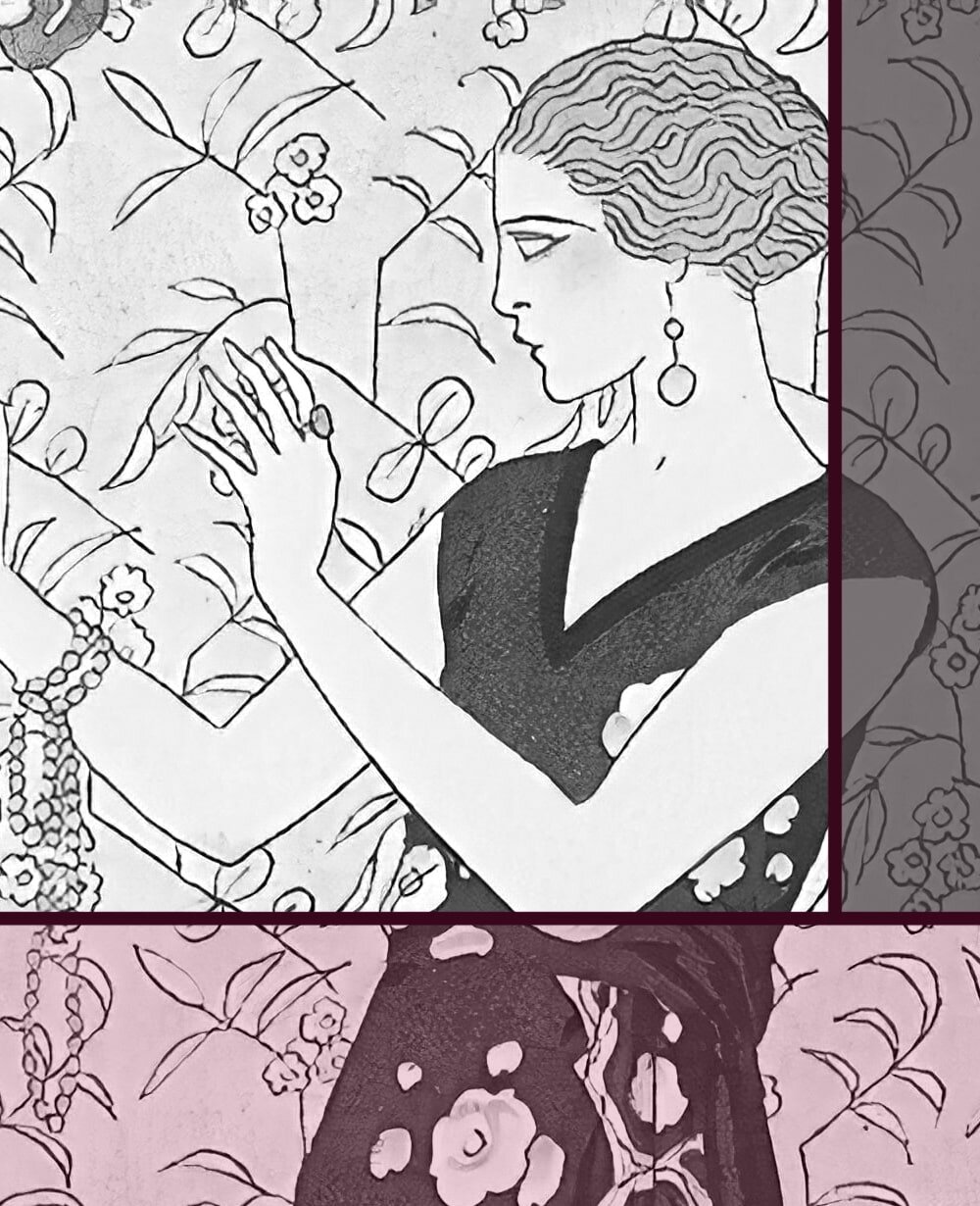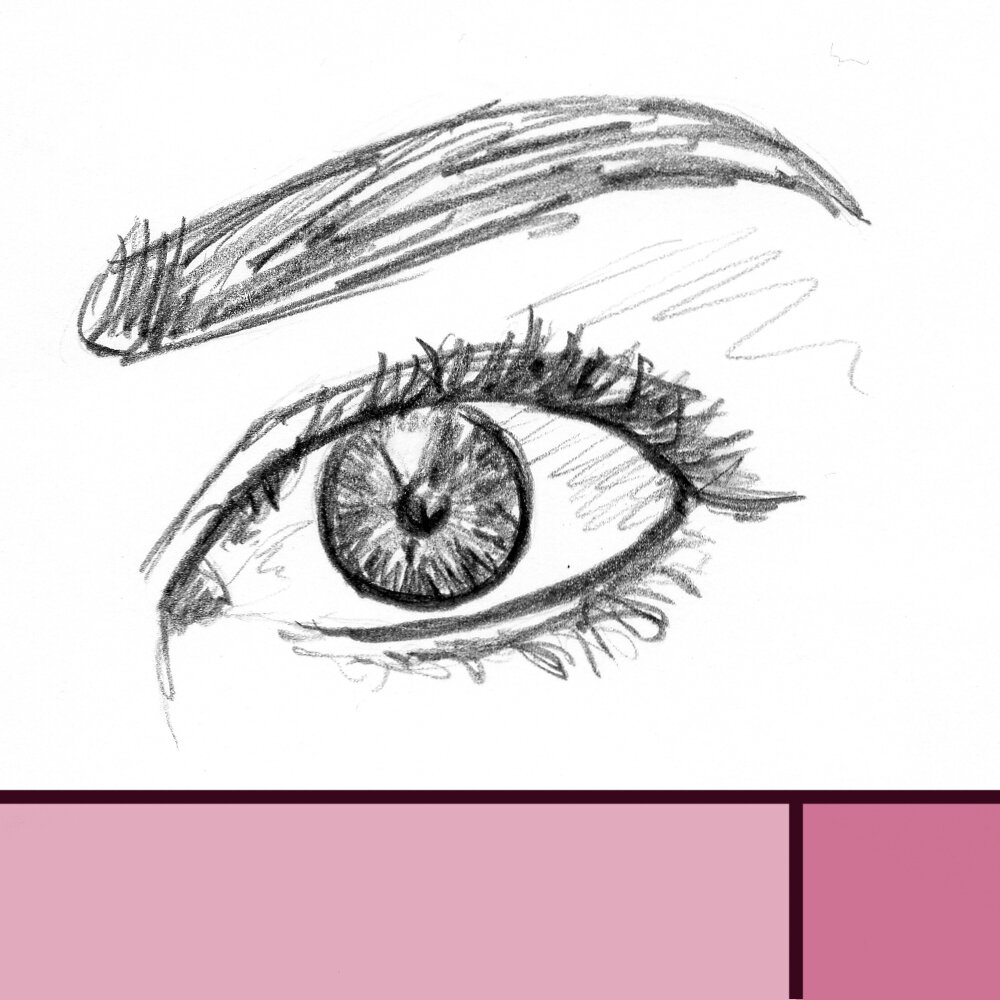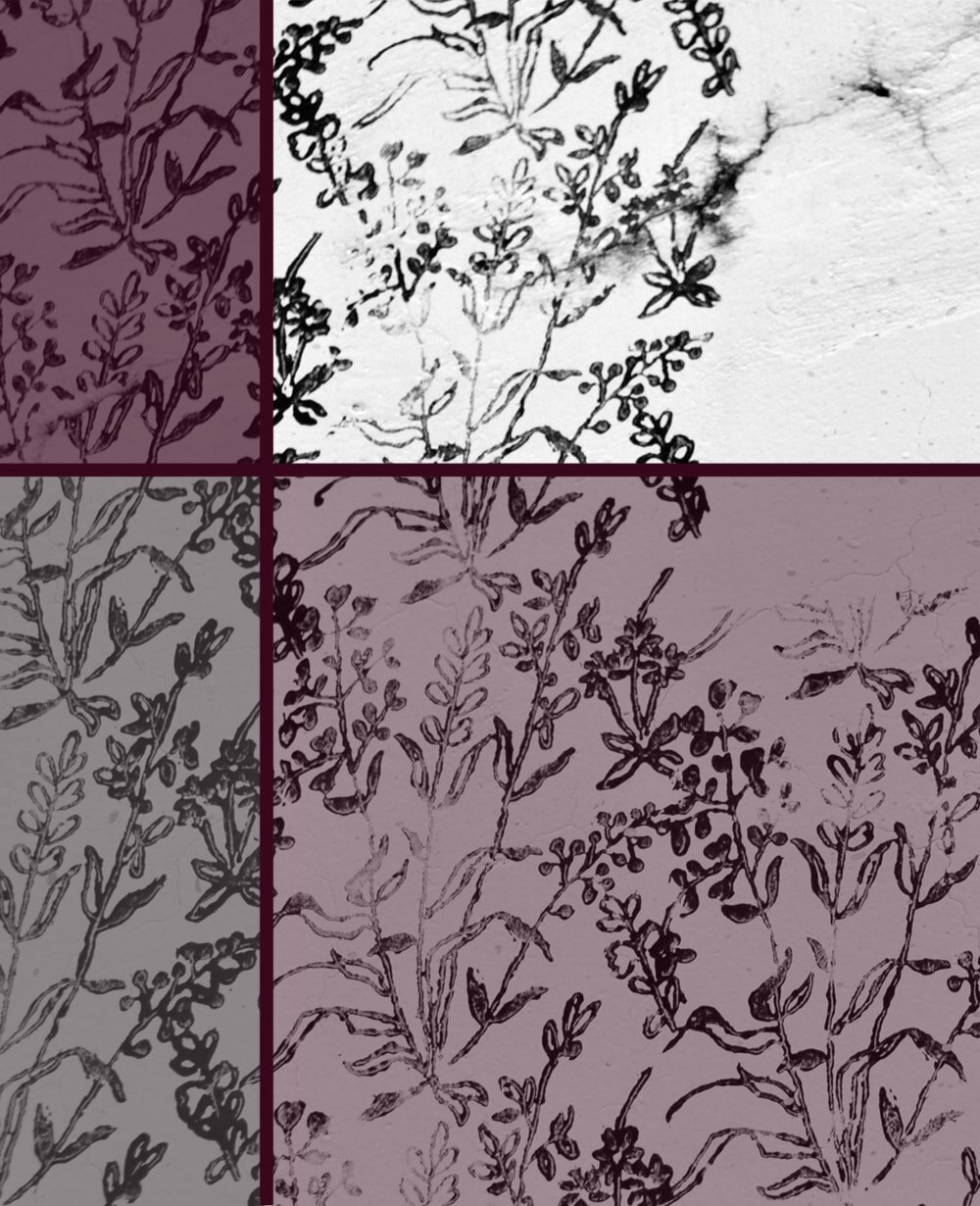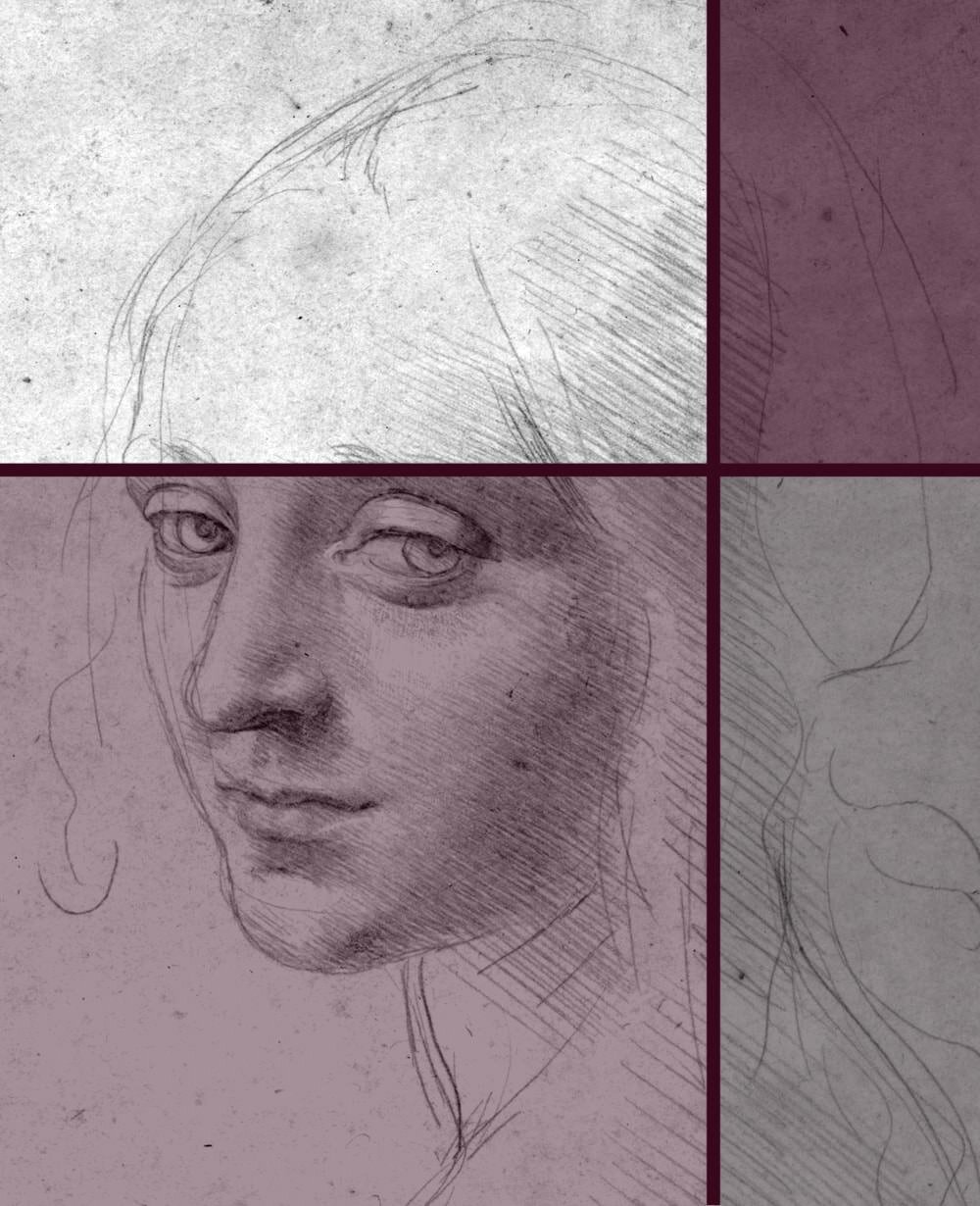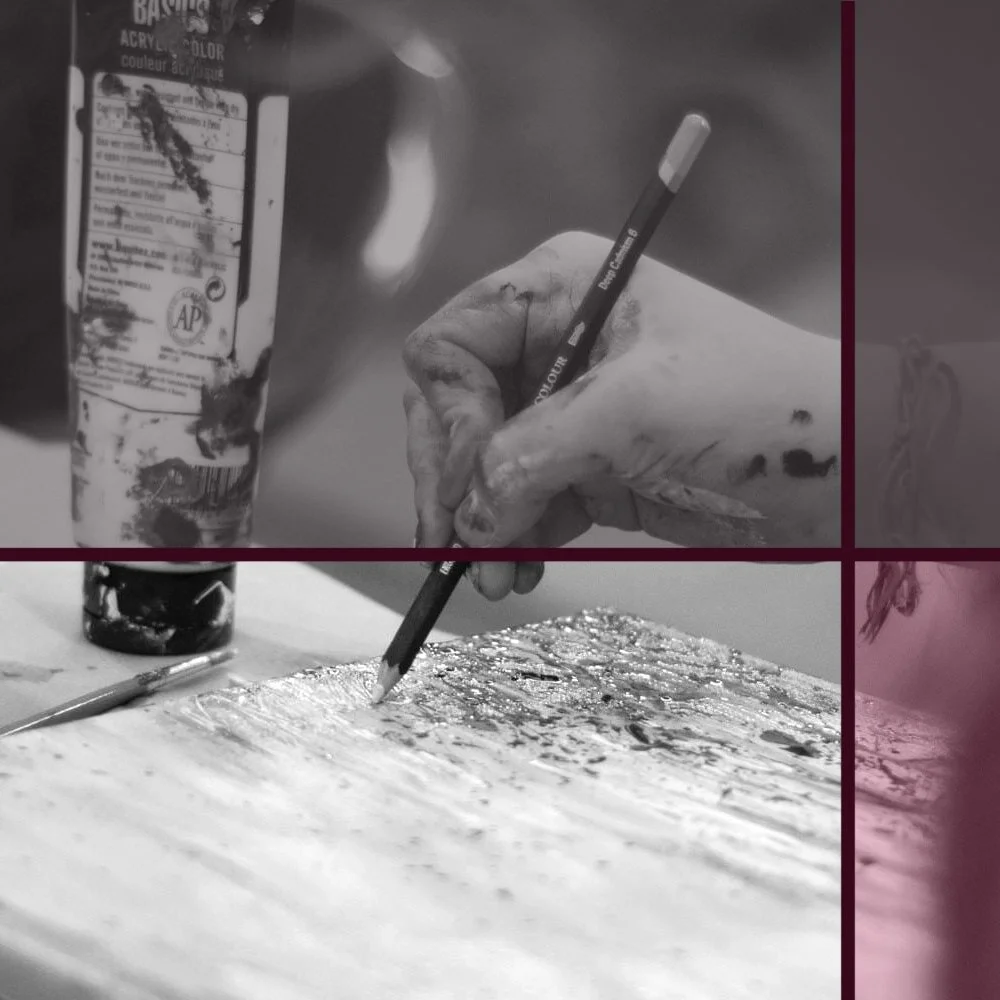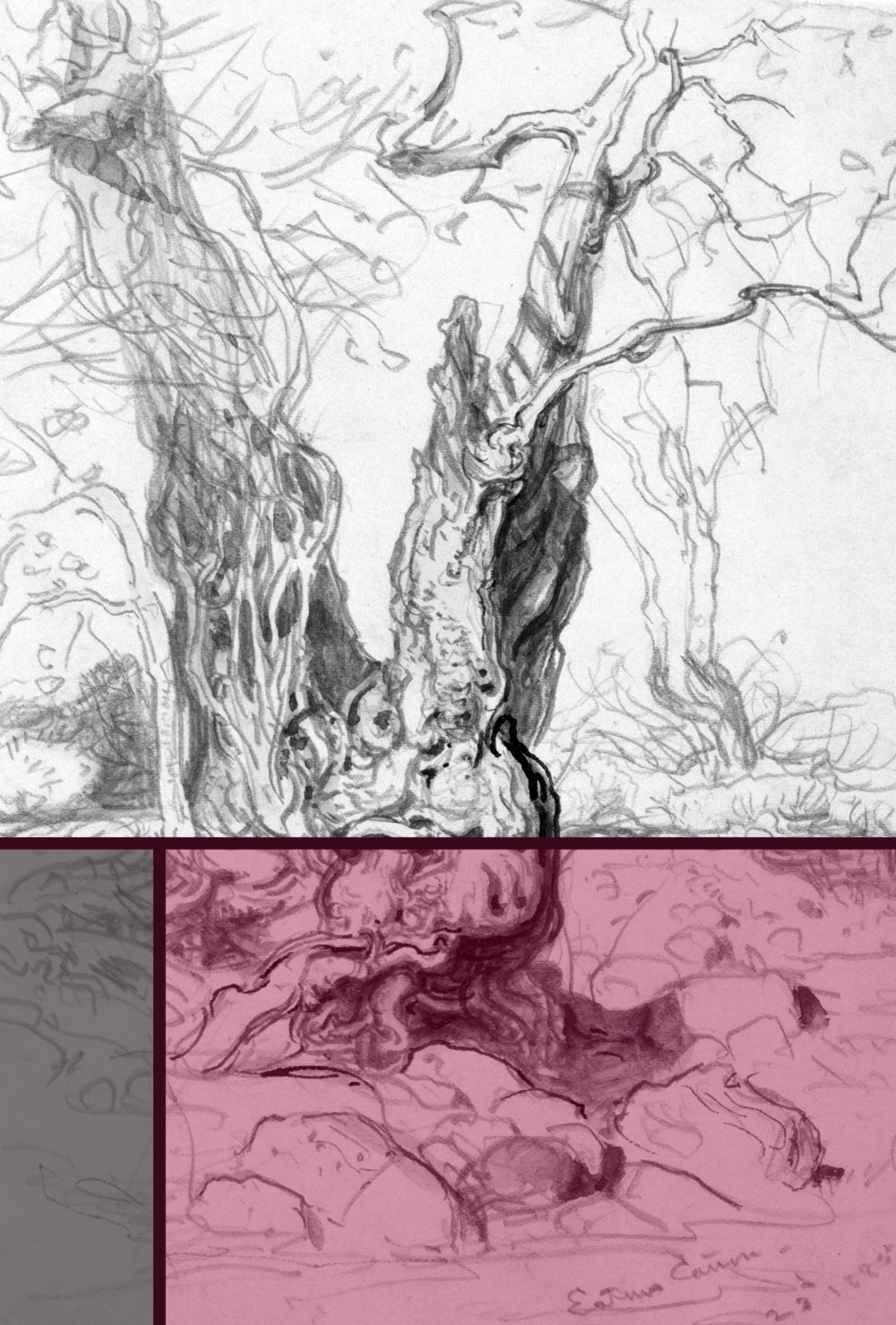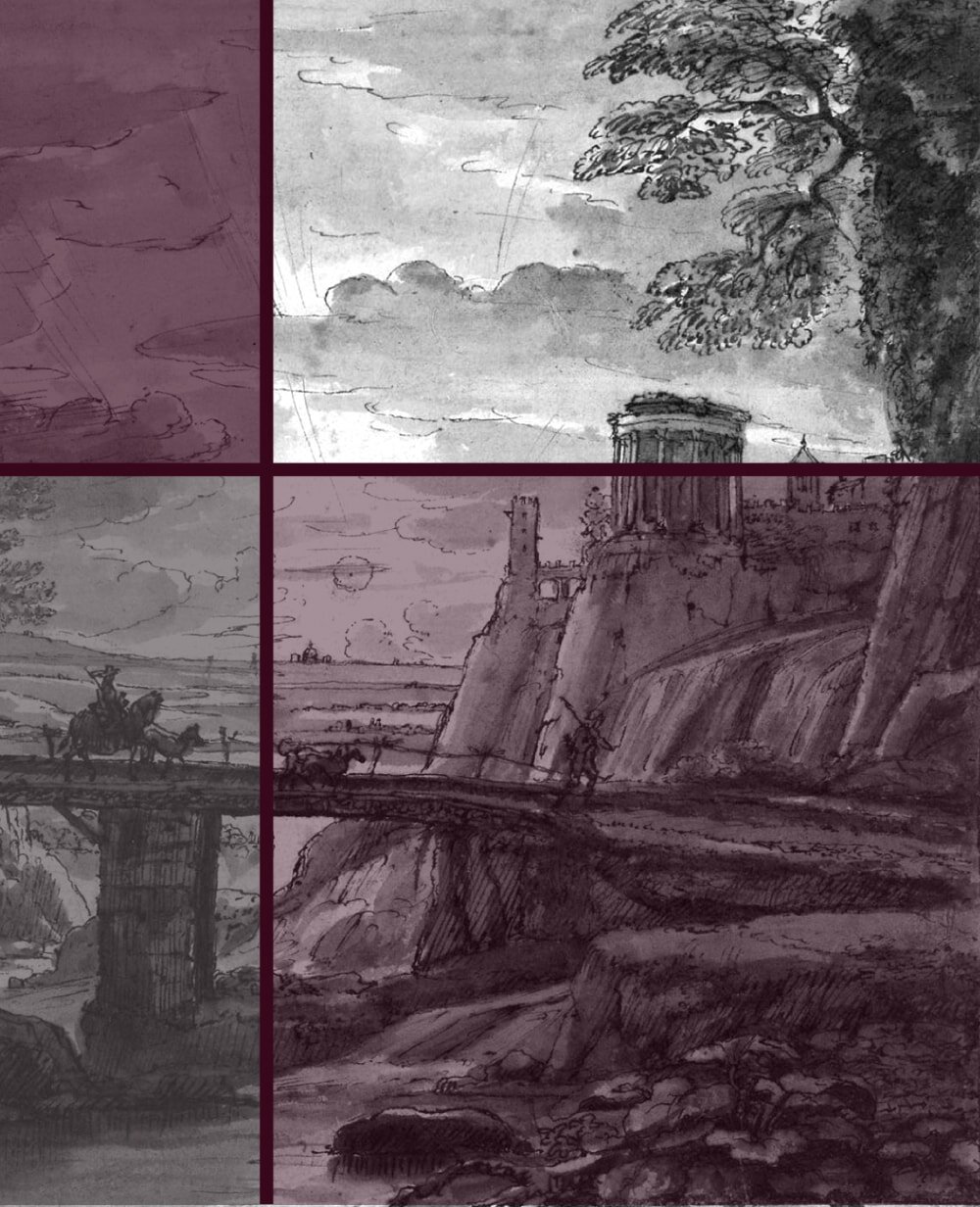Why Artists love Drawing Portraits (and why You should, too)
Drawing portraits has been around since our ancestors painted on cave walls. The Romans loved it, the Renaissance artists adored it and even the Impressionists with their preference for Nature couldn't resist an interesting human face.
We really are a fascinating subject to sketch. Let's find out why sketching faces is so popular with artists and how the practice can benefit your art skills as a whole.
Why is portrait drawing so good for you?
It's not a coincidence that portrait drawing is part of practically every art degree and there are more books, videos and articles on the matter than you can count.
Everyone loves a good portrait. We love to draw them, look at them and wonder about the person in it.
In fact, you'll find few famous artists at any point in time that haven't attempted the occasional human face to show off their skills.
Even ‘Mr Landscape’ himself, Claude Monet, couldn’t resist the occasional portrait, such as this drawing of a woman (c. 1890) with red chalk
One reason is that we humans are biologically programmed to be drawn to faces and connect with them. It is part of our survival to live in small, sociable packs and be able to read each other's facial expressions.
Which is why it's so easy for a human face to convey certain feelings, as compared to, say a bowl of fruit or a grand cathedral. And we all like art that makes us feel something.
Another reason for the popularity of portraits is their freedom of composition. Unlike subjects, such as architecture and landscapes you can arrange your subject to a certain degree.
You can change the angle of their head, the hair, clothes, create your own lighting situation, even ask for a specific facial expression.
There is a vast number of different expressions, and thus feelings, we can convey with our lips alone. It's truly amazing how even the slightest adaption can completely change the feel of the drawing.
For more detail on how to create an interesting composition for a portrait drawing visit my article The foolproof way to a beautiful Portrait Sketch (in 8 simple Steps).
Also have a look at my post Composition in the Arts: How to plan a Drawing or Painting for some general tips on the topic and lots of examples.
You control a vast variety of compositional choices in a portrait, much more than in a landscape or architecture sketch.
A lot of artists appreciate the underlying set of rules that can be followed when drawing an anatomically correct human face.
In fact, there are a lot of very simple proportion principles at work here, which can be learned relatively quickly and applied instantly in practice.
For example, the eyes (not the nose) are roughly in the vertical middle of the head and they are about another eye's width apart (in a full front view). You can read more on that in my article How to Sketch Eyes correctly in 9 simple Steps.
Of course these proportions will differ a little from person to person, but by and large those rules are an excellent guide to follow and adapt.
Self-Portrait (1570) by Giuseppe Arcimboldo
Aside from this basic set of guidelines however portraits are quite tricky to do well. A good thing, then, that most of us artists enjoy the occasional challenge.
Drawing the human face, especially when you're aiming for a good likeness needs a good eye and a lot of practice. Facial proportions are quite unforgiving and a nose or mouth that's off by as little as a few millimetres can make the entire drawing look wrong.
Not to worry, I've created 5 simple Exercises to teach you how to Draw amazing Portraits, so you can get a lot of practice in to perfect your skills.
Facial proportions are quite unforgiving, so it’s a brilliant training for your eye and hands. Don’t shy away from it, welcome the challenge!
Overall though, even with the added level of difficulty, there is no better way to learn shading. Shadows are a crucial part of a realistic portrait, because unlike other subjects like architecture or landscapes there are hardly any "hard borders" in a face.
Often shadows are the only elements to distinguish features, such as the bridge of the nose, from the rest of the face. If you draw a portrait only with lines and no shadows it will look flat, cartooney and very generic.
Shadows can be a difficult subject to master, so being "forced" to engage and come to grips with the topic in order to draw good portraits is excellent for your artistic skill set as a whole.
Famous portrait drawings that went down in history
Portrait of a Woman by Vincent van Gogh
Few people in history were better at choosing fascinating subjects and bringing out their essence in a simple sketch than Vincent van Gogh.
Most of his drawings and paintings of people are of those he met in his daily life. He did not care about conventional human beauty and much preferred interest and reality.
This simple sketch is a good example for how few lines and how little shading actually is necessary to create a successful portrait. Especially the braid that seems almost interwoven with the jacket pattern is such an eye-catcher.
Self-portrait with hand to forehead (1910) by Käthe Kollwitz
Käthe Kollwitz really had a knack for drawing mesmerising portraits of herself.
Even though this example shows a traditional full frontal view her hand on the forehead and the dark shading and contrast create quite a dramatic, unsettling atmosphere. Definitely neither boring nor flat.
Self-portrait Drawing at a Window (1648) by Rembrandt van Rijn
Even though this self-portrait would have taken Rembrandt quite a while it’s still more a sketch than an elaborate piece of work.
While his face is perfectly finished with intricate detail and elaborate shading his hands and the papers he is drawing on are almost cartooney.
The bright window creates an interesting contrast of light and dark and overall it feels like a very honest work, serene and humble even.
Weeping Woman (1937) by Pablo Picasso
Few portraits have as such a deep impact on the viewer. Picasso’s weeping woman is a response to the gruesome bombing of Guernica, a Spanish town, during the Spanish civil war in 1937.
Like usual he takes a whole lot of liberties with proportions and perspective, but the effect could not be more striking.
Head of a Girl (1483) by Leonardo da Vinci
And, of course, we’ll close with a portrait sketch by probably the most famous and talented artist of all time, Leonardo da Vinci.
Not only is it absolutely breathtaking work, it’s also a very interesting composition with that aesthetically pleasing view from the side.
And it is a great example of a balanced 70/30 rule, with the detailed face taking up around 30% of the area and rough sketch or empty space the other 70%.
If we keep practising, we might get close to that, one day. Here’s to hard work and beautiful portraits!
For more tips and tricks have a look at my other portrait-related articles.
Did you enjoy this article or feel like you have anything else to add? Feel free to leave me a comment below!
If you like this post, please share it, so others may like it too!

